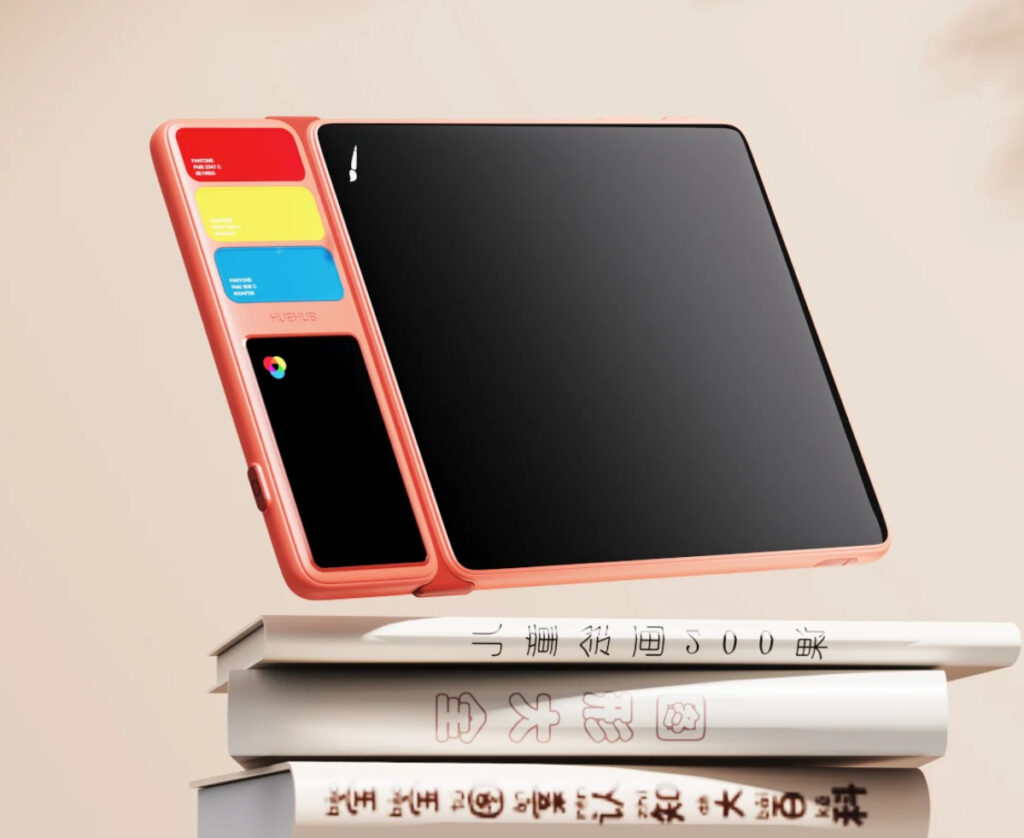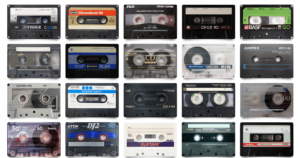
Every parent, teacher, or caregiver is familiar with that moment of joyful chaos—when a child’s creative spirit leaps off the page and onto the walls, furniture, clothes, or even the family pet.
Crayon scribbles on freshly painted walls, glitter glued to tabletops, marker stains on favorite shirts: these unplanned masterpieces are a rite of passage in childhood. But they also pose a perennial challenge. How do we nurture children’s artistic exploration while minimizing the collateral damage?
This is not merely a practical question. It strikes at the heart of a complex balance: between creativity and containment, freedom and frustration. In our digital age, where children have access to drawing apps and styluses, one might think the problem has been solved. Yet the truth is more nuanced. While tablets offer neatness, they often rob children of something essential: the sensory discovery of real color, real blending, and real mess.
Enter Yifeeling Design, a forward-thinking studio that has made waves for reimagining everyday interactions through play, touch, and emotion. Their latest project addresses this exact dilemma, offering a solution that celebrates children’s creativity without sacrificing walls, wardrobes, or sanity.
The Messy Magic of Real Paint
To understand why Yifeeling’s invention matters, we must first acknowledge a vital truth: mess is meaningful. When a child dips a brush into thick blue gouache and watches it merge with yellow to make green, they aren’t just painting. They’re conducting an experiment. They’re learning color theory, cause and effect, and sensory intuition all at once.
This form of experiential learning is irreplaceable. Children don’t just see the result—they feel it. The drag of the brush, the squish of the pigment, the way a dot of red expands into a pool of pink when mixed with white—these are not just aesthetic moments; they’re cognitive milestones.
Unfortunately, these rich interactions often come with a price: damaged furniture, stained clothing, and exhausted caretakers. It’s no surprise that some parents limit access to paint altogether, encouraging children instead to use pre-installed coloring apps or digital drawing tablets.
While digital art can be an excellent tool, most platforms miss the mark on replicating what makes physical artmaking so formative.
The Limits of Digital Creativity
Tablets and drawing apps have become ubiquitous in children’s learning environments. They offer structured palettes, pressure-sensitive brushes, and even gamified art tutorials. But for young artists—especially those in the early developmental stages—these features often fall short.
The majority of digital apps use pre-defined color sets. They allow kids to tap red or green, but they rarely let them explore how colors are made. Most don’t simulate true blending, meaning the visceral, often unpredictable mixing of pigments is lost. There’s no mess, yes—but there’s also no magic.
This restricts an entire layer of learning. Without the ability to mix their own hues or create gradients through trial and error, children miss out on core concepts in both visual perception and tactile experience.
Yifeeling Design saw this gap not as a problem, but as an opportunity. Their product doesn’t seek to replace traditional art materials. Rather, it translates their sensory essence into a new, mess-free format that still delivers on creativity, exploration, and surprise.
The Solution: A New Medium of Discovery
Yifeeling Design’s innovation lies in its hybrid approach—blending the intuitive pleasure of traditional painting with the convenience of modern design. At the heart of their product is a specially engineered surface that mimics the texture and resistance of canvas or watercolor paper, but without absorbing pigment or leaving behind residue.
Children use specially designed color blocks—solid, smooth, and dry to the touch—that interact with the surface through light pressure and friction. As they rub or press the blocks against the pad, colors appear and blend, just like wet paint. But unlike paint, there’s no dripping, staining, or permanent marks.
Even more impressive is the responsive color technology baked into the surface. The system is calibrated to allow dynamic color mixing, meaning kids can create secondary hues and tints by overlaying different blocks. Want green? Mix blue and yellow. Want lavender? Try pink and a dash of blue.
This tactile system gives children the joy of creation without the usual cleanup session. It also reinforces real artistic concepts: saturation, opacity, layering, and contrast.
Designed for Play, Built for Learning
At first glance, Yifeeling’s art set resembles a chic, minimal version of a traditional watercolor kit. But every element is designed with cognitive development and sensory integration in mind.
- The blocks are ergonomically shaped for small hands, encouraging fine motor skill development.
- The drawing surface features micro-textured resistance that simulates the feedback of paint on paper, helping kids modulate pressure and explore technique.
- The color system is intentionally limited to primary and secondary hues, promoting experimentation and discovery over instant gratification.
Perhaps most importantly, the entire experience is open-ended. There are no in-app purchases, no pop-up animations, and no prescribed objectives. It’s just a child, a surface, and a set of tools—inviting them to ask, “What happens if I try this?”
This kind of unstructured play is critical in early childhood. It fosters executive function, creative resilience, and a sense of agency—qualities that no digital shortcut can teach.
Mess-Free Doesn’t Mean Meaning-Free
Some might argue that messiness is part of the point. And they’re not wrong. But Yifeeling isn’t seeking to sanitize creativity—it’s offering an alternative outlet for moments when traditional paint simply isn’t practical.
Think classrooms, waiting rooms, travel, or even just apartments with white walls and limited space. The point is not to eliminate tactile learning but to expand the contexts in which it’s possible. With Yifeeling’s art system, parents and educators can say “yes” to creative time more often, without dreading the aftermath.
And for children with sensory sensitivities or special needs, this format may be more approachable than conventional paints. It provides the same visual reward without overwhelming smells, textures, or unpredictable mess.
A Broader Philosophy of Design
Yifeeling Design isn’t just solving a logistical challenge—it’s operating from a design philosophy rooted in empathy, play, and re-enchantment. The studio’s past work includes products that bring warmth to digital interaction, emotion to everyday objects, and curiosity to domestic life.
Their approach to children’s art is no different. It’s about reclaiming joyful learning, not packaging education into efficiency. It’s about respecting the child as an artist—not just a user. And it’s about preserving wonder, even as technology accelerates around us.
In many ways, this art set isn’t just a tool. It’s a gesture. A way of saying to both children and their caregivers: your creativity matters. And we can honor it—without sacrificing our homes in the process.
Where Creativity and Convenience Meet
As the worlds of education, parenting, and design continue to overlap, products like Yifeeling’s art system signal a shift toward intentional hybridity. We no longer need to choose between “traditional” and “tech.” The best innovations now take the sensory intelligence of analog tools and enhance them through thoughtful, subtle innovation.
In a saturated marketplace of apps and tablets that gamify creativity, Yifeeling Design takes a quieter, more profound approach. It doesn’t distract the child—it invites them deeper into their own imagination.
And it doesn’t just help parents maintain clean walls. It helps children build the foundational understanding of color, touch, and expression that will shape how they see the world.
Thoughts
In every scribble on a wall, every crayon on a countertop, and every glitter-speckled disaster, there is a truth: children are eager to express themselves. And when given the right tools, they can do so with brilliance, curiosity, and joy.
Yifeeling Design’s latest innovation doesn’t tame that impulse—it channels it. It provides the space to explore, the tools to create, and the freedom to get messy—without the mess.
For parents, it’s peace of mind. For children, it’s the magic of color, rediscovered.
And for the world of design, it’s a powerful reminder that when we center empathy, creativity, and play, we don’t just make better products—we make better futures.
No comments yet.









